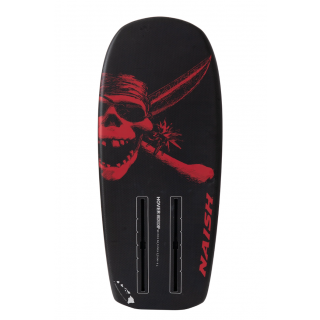How To Choose The Right Kiteboard Size

If you are new to kiteboarding, the size of the kiteboard is important to get progress in the kiteboarding training. You cannot copy what the professionals are using for kiteboarding , they play on a more advanced level, so, how to choose the right size of a kite? The size of the board is dependent upon your weight and your level of boarding. If you did not know earlier, you will need different kite sizes for different wind conditions. There is no right size that fits everyone, which means universal size does not exist. The average weight of most riders is between 140-190lbs, and they need to start with a 12m kite. This is ideal for most riders. The size of the kite will help you to ride on the water on most windy days depending on where you live. Mostly you will need two kites, one for lower wind conditions and another for higher wind conditions. We have made things simpler for you via this chart to explain the wind speed for you: Big kite for lighter winds (14-18m) - 8-15mph. Medi


